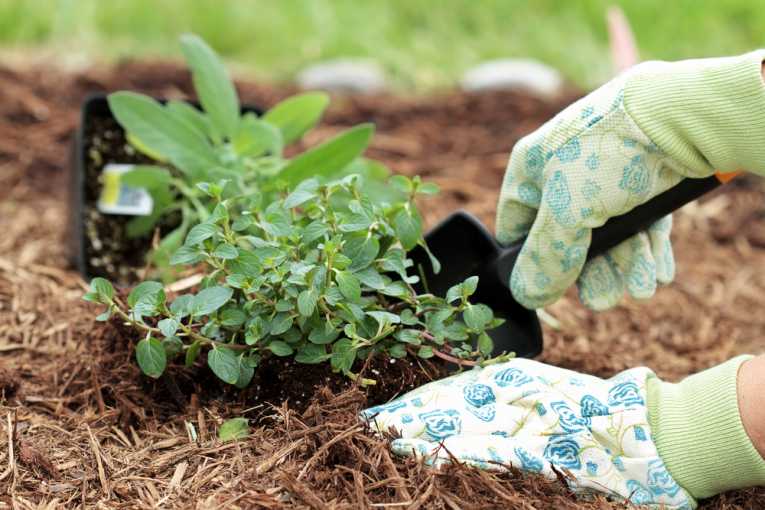In England, after months of unusually dry weather, the country is now experiencing its worst drought since 1976. 20 million customers in southern and eastern England have now been affected by hosepipe bans, with heavy fines likely to be imposed for washing cars or watering gardens.
Britain's dry weather is nothing compared to the climatic extremes that are being experienced in North America. In an area stretching from the Midwest, through New England and up into Canada, March 2012 has seen high temperature records broken by the thousand in what has been described as the "summer in March 2012".
In mid-March, between the 12thand 18th, no fewer than 3,350 temperature records were broken and in South Dakota, with two days to go before the official end of winter, the temperature reached 34.4°C (94°F), which equalled the previous highest March record that was set in 1943.
What people are now asking is if these are the March temperatures, what are we likely to expect in July?
In England, although we have not experienced these extreme temperatures, gardeners are still concerned about how they are to cope with a prolonged period of dry weather when they are no longer able to use hosepipes to water their plants.
Fortunately there are ways where careful planning can help gardeners cope with this situation. It is important to conserve moisture and prevent the soil from getting too dry and hot. Covering the soil with leaves, grass clippings, pulled weeds, compost or other organic material in a process known as mulching can help to regulate soil temperature and moisture, as well as stopping it from being blown away. Not only this, but it also inhibits the growth of weeds and prevents soil being washed away by the heavy rains that often accompany high rises in temperature.
So-called living mulches can have similar results. These "green mulches" as they are called, also inhibit weed growth and protect and stabilise the soil, but since most are legumes, they also have the benefit of adding nitrogen.
Gardeners have long realised that the space between plants is often little more than wasted space that can quite readily be filled by what is often known as a "catch crop". A good example is a plant like garlic, which needs a fair amount of space when mature, but takes a while to grow. Early in the season when the garlic plants are still small, the space between them can be filled with plants such as lettuce and spinach.
When these plants reach edible size the leaves can be harvested, although the plants should be left to continue growing. Carrots can be planted at the same time as the greens and during the early part of the season the fast-growing greens will shade and crowd the carrots, but later in the season, as the greens finally run their course, the carrots will take over between the garlic plants and the two will happily co-exist side by side.
Of course this happy side-by-side co-existence will not apply to all plants. A process known as alleolpathy gives plants the ability to secrete substances into the soil via their roots that have the effect of inhibiting the growth of certain other plants. The results will be plain to see. Care must therefore be taken in the selection of crops that are to be grown in this way, but where it works it can be very successful.
The garlic/greens/carrot scenario is just one example, but other combinations can work just as well. With care and planning it is relatively easy to achieve three different crops in one season from the same plot of land, but it doesn't just end there. At the same time this living mulch process will have protected the topsoil from the elements, prevented it from drying out and as an added bonus the biomass will have sucked up far more carbon dioxide than a layer of rotting vegetation will ever have done.
Small cottage gardeners have always known the value of growing produce in this way but most will not have known that there is a scientific term for this kind of diversity-focused gardening. It falls into the broad category of agroecology, which is the name given to the practice of building diverse and sustainable agriculture systems based on ecological principles. In these days of industrial-style farming such practices have often been neglected.
Research into agroecology is currently being undertaken at around 20 universities worldwide. The potential for double food production in marginally productive areas is enormous and these are generally the very areas that are most at risk of desertification when soil is over exposed.
There are high hopes that the introduction of agroecology techniques will help to solve world food shortages and given that there is every indication that this year will be a hot one in many parts of the northern hemisphere, now seems to be a very good time to take a closer look at methods of green mulching on the domestic front.










